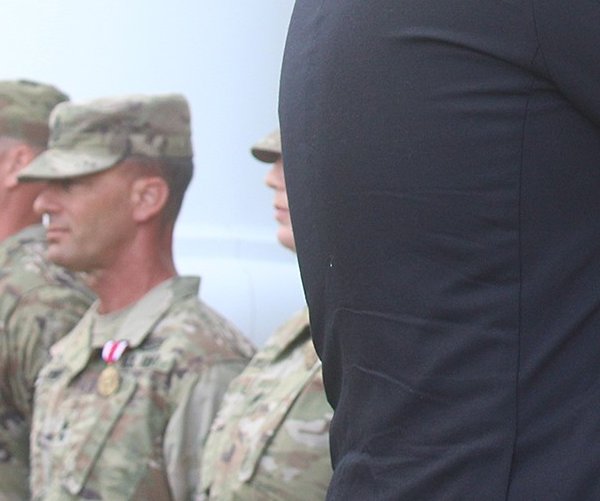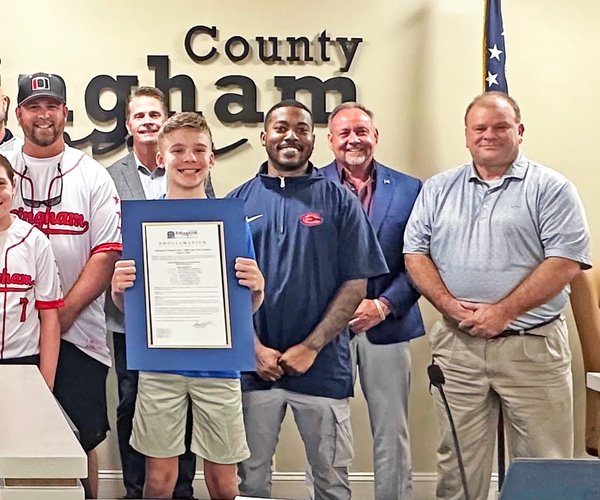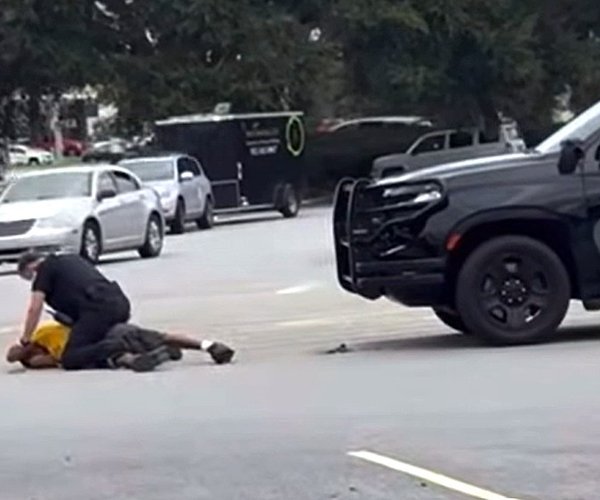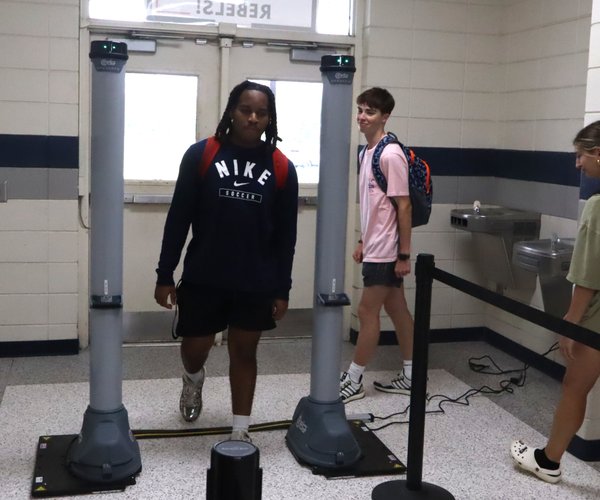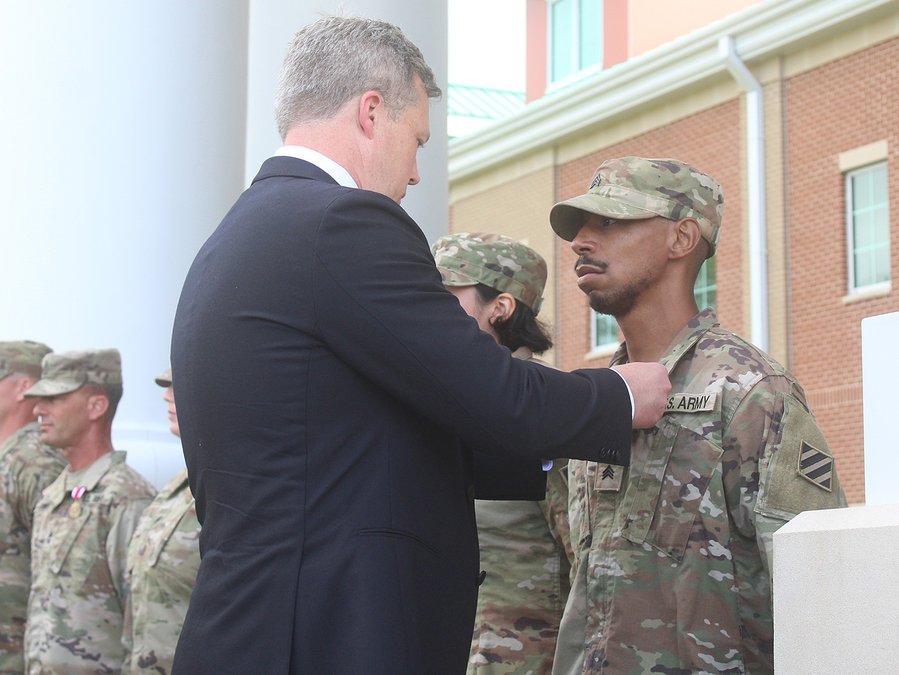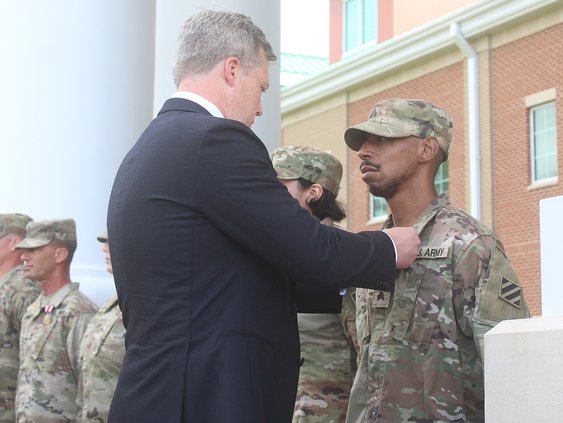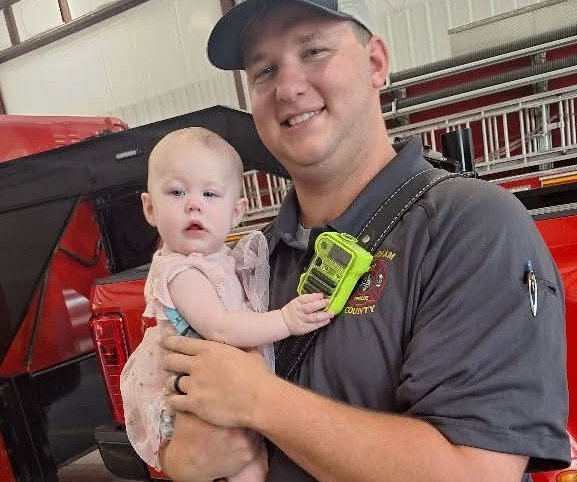TIFTON — To educate the public about what to do when finding a wild animal that may be injured or orphaned, the Georgia Wildlife Rescue Association has released information about the numbers and types of calls that they have received on their statewide wildlife hotline.
The toll-free number has had even more of an impact than expected. Calls average between 25 per day, and the organization has received as many as 50 on some days.
The number is 1-844-WLD-LIFE (1-844-953-5433). Anyone who finds an injured or possibly orphaned wild animal is asked to call the hotline before moving the animal, if possible.
GWRA Director Chet Powell says that besides helping people find where to get help for wild animals, the best thing about the hotline is that it has actually prevented animals from being picked up unnecessarily.
“People obviously mean well when they see a baby animal all alone, but we tend to forget that it’s still a wild animal and not a human baby,” he said.
He added that before the hotline was implemented May 1, the GWRA estimated that half of the calls would be “false rescues,” where people had removed suspected injured or orphaned animals that were actually never in any danger at all. That estimate turned out to be low.
By asking people to call the hotline before picking up an animal, the GWRA is able to help educate the caller and the end result is usually leaving or returning the animal to where it was found.
“We were surprised to find that out of every five calls to the hotline, four resulted in the animal either being left where it was found or it was put back,” Powell said.
He expects that ratio to remain fairly consistent. The most frequent calls in May and June involved baby animals, especially deer, birds and rabbits.
“A person is walking on a trail or even in their neighborhood and sees a fawn, a baby deer, all alone and immediately assumes that it’s an orphan and picks it up,” Powell used as an example.
“That’s not a rescue. That’s a kidnapping,” he continued. “Deer leave their young alone for long periods during the day. It’s just as normal and safe for them as a human baby is in a crib.”
In July, the GWRA expects the calls to shift more toward fledgling birds, baby birds that are just learning to fly, where people see them on the ground and incorrectly assume that they are injured or orphaned. Powell understands the human impulse to rescue, but still finds it frustrating.
“If you must compare baby birds to kids, then use this analogy – it’s like taking the training wheels off of your child’s bicycle and letting him or her learn how to ride it,” he explained. “There’s going to be some bumps and bruises, but it’s a normal healthy process where mom and dad are watching from nearby in case they are needed.”
Besides being better for the animals, there’s another reason the GWRA wants to prevent animals from being picked up unnecessarily. Injured and orphaned animals are transported to wildlife rehabilitators who are licensed by the Georgia Department of Natural Resources and U.S. Fish and Wildlife Service.
The number of licensed rehabbers in Georgia has declined in recent years, creating a burden on the remaining rehabbers as they take in more and more animals. Most wildlife rehabilitators operate using their own funds with little or no financial assistance, and many rehabbers report that they are full to capacity.


